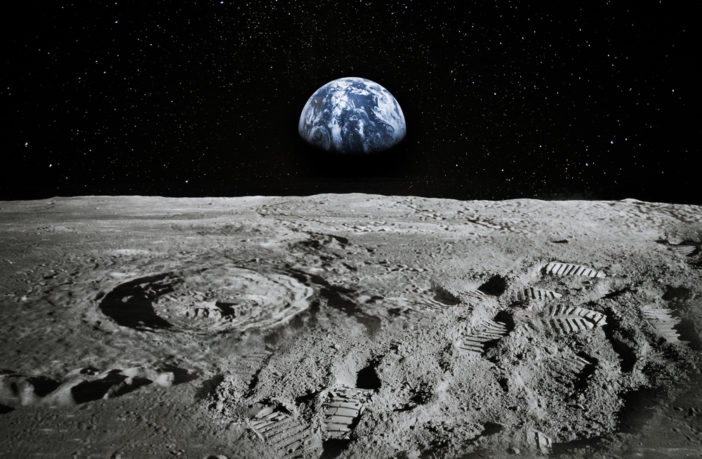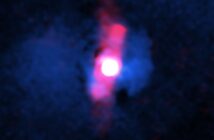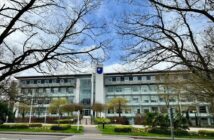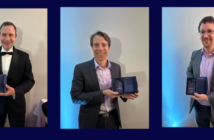The UK Space Agency (UKSA) has awarded funding to The Open University space academics to develop a ground-breaking new technology that could one day enable us to build on the Moon using lunar soil.
The project has been led by Dr Sungwoo Lim and his colleagues Professor Mahesh Anand, Dr Andrew Morse and Dr James Bowen, from The University’s world-leading Space Instrumentation Group. It uses a state-of-the-art microwave generator called the Microwave Heating Demonstrator (MHD) concept to melt moon soils. These molten soils can then be 3D printed and cooled to form construction components even more solid than concrete.
Using the natural satellite’s readily available resources as building materials would hugely reduce the costs by removing the need to transport raw materials through space.
Previous UKSA funding has enabled the researchers to develop and test the MHD concept on Earth at The OU’s Milton Keynes Campus. This latest award builds on this work and will allow them and industrial partners, Added Value Solutions UK Ltd. and Viper RF to create a prototype instrument to go to the Moon as part of a future European Space Agency (ESA) mission.
Traditional microwave ovens create microwave energy using a vacuum tube to produce heat by agitating polar molecules, such as water in foods. In contrast, the OU researchers and their partners will use a silicon transistor-based Solid-State Power Amplifier (SSPA) to develop a much smaller, space-friendly microwave generator for the MHD payload to go to the Moon.
These solid-state microwave generators do the same job as a microwave, but with better control, energy efficiency, durability and consistency, making them ideally suited for the hostile space environment.
Sungwoo Lim, Senior Research Fellow at The Open University explained what differentiated this technology and how it had been designed for lunar settings:
“The result will be a more precise and efficient microwave heating device that uses just 250 Watts to melt lunar soil compared to most microwave ovens’ 1,000 Watts. This efficiency is essential to operate instruments on the moon’s surface, as available power through the lunar lander’s battery and solar panel is limited to the mission payload requirement defined by the ESA or NASA.”
The latest UKSA funding will also enable the researchers to test their microwave’s ability to extract water and oxygen from lunar soil, paving the way for sustainable settlements in space and further space exploration.
Sungwoo added:
“If we can create all we need to sustain life and build a functioning moon base using its natural resources, the natural satellite could become a stepping-stone to space odyssey, missions to Mars and beyond the solar system.”
The same technology could also tackle challenges back on Earth. Lim and his colleagues are already exploring the potential to apply these methods to cheaply and efficiently 3D print homes in developing countries, quickly construct shelters following natural disasters and build organically-shaped frames to regrow damaged coral reefs underwater.
The OU was recently among ten organisations to receive a boost from the UKSA regional funding, following the UK Government’s Levelling Up White Paper launch, which set out policy interventions to improve opportunity and boost livelihoods across the country following the pandemic. Part of the Arc for Space Group within the Oxford Cambridge Arc Universities Group, the OU’s share of the funding will allow it to continue to drive space sector growth ambitions in the region alongside industry partners.



